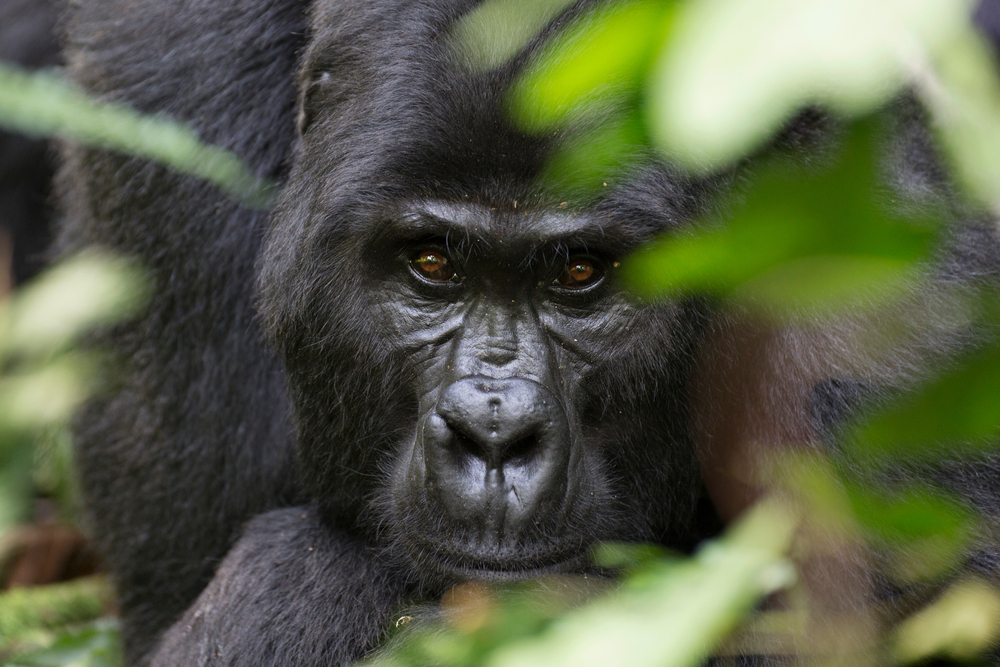Monte Alén Overview
Monte Alén National Park, known locally as “Parque Nacional de Monte Alén,” is a premier protected area in Equatorial Guinea, established in 1990. Spanning approximately 2,000 square kilometers, it is the country’s largest national park, situated in the continental region of Río Muni.
The park’s landscape is characterized by lush rainforests, rolling hills, and a network of rivers and waterfalls. Elevations reach up to 1,200 meters, offering diverse habitats that support a rich array of flora and fauna.
Notable features include the Monte Mitra forest and the Uoro River, which meanders through the park, creating picturesque waterfalls and rapids.
Monte Alén is renowned for its biodiversity, particularly its primate populations. The park is home to western lowland gorillas, chimpanzees, drills, colobus monkeys, and various species of guenons, making it a vital region for primate conservation.
Large mammals such as forest elephants, forest buffalo, duikers, and African forest hogs also inhabit the park. The avian diversity is impressive, with over 400 bird species, including the African grey parrot and turacos.
Reptiles and amphibians, such as the goliath frog—the world’s largest frog—are present, with hunting of this species prohibited to ensure its protection.
Conservation efforts in Monte Alén have focused on biodiversity assessments and the establishment of monitoring programs. In 2019, the Bristol Zoological Society initiated a research, monitoring, and conservation program to address the urgent need for in-situ conservation, particularly for great apes.
Challenges include limited on-the-ground law enforcement, leading to minimal impact of protected areas on the distribution of gorillas and other large mammals. Collaborative efforts aim to enhance conservation strategies and engage local communities in sustainable practices.
Visitors to Monte Alén National Park can engage in guided hikes through dense rainforests, offering opportunities to observe wildlife in their natural habitats. The park’s rivers and waterfalls provide scenic spots for relaxation and photography. Birdwatching is particularly rewarding due to the high diversity of species. Access to the park is facilitated by a network of trails, and local guides are available to enhance the experience with their knowledge of the area’s ecology and cultural significance.
In summary, Monte Alén National Park stands as a testament to Equatorial Guinea’s commitment to preserving its natural heritage. Its rich biodiversity, stunning landscapes, and ongoing conservation efforts make it a vital sanctuary for wildlife and a compelling destination for eco-tourists. Sustained conservation initiatives are essential to maintain the park’s ecological integrity for future generations.











































































